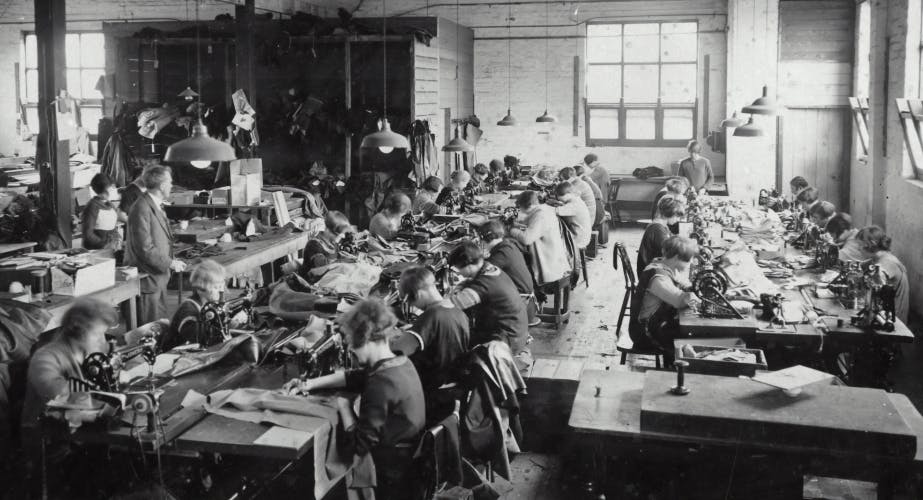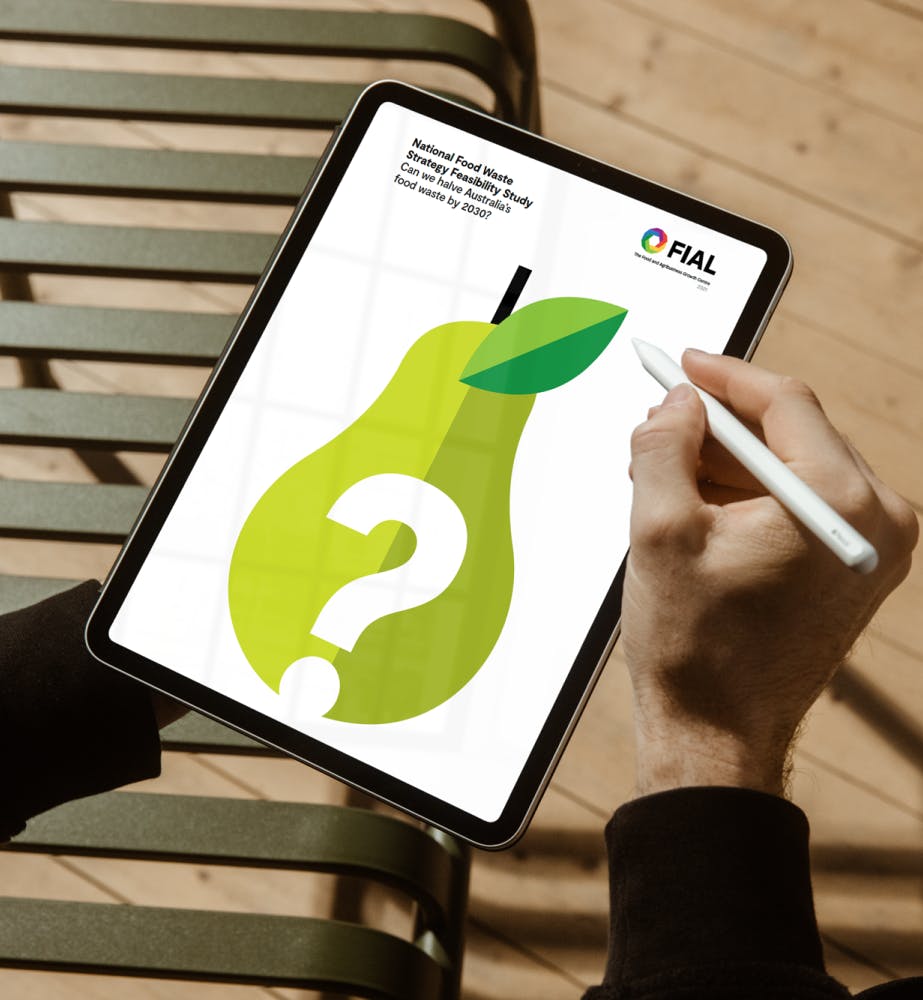
Over the last eighteen months, we’ve worked with companies across a range of sectors to help them meet the requirements of the Modern Slavery Act. With many organisations having now lodged their statements, attention is shifting from putting in place corporate systems, processes, and education programmes to the nuances of undertaking supplier audits. To find out more about what’s involved, we spoke to our friend Kat Sayers at Bureau Veritas.
What’s your role at Bureau Veritas, and how are you guys involved in Modern Slavery Act compliance?
My role is Supply Chain and Sustainability Practice Lead within the Bureau Veritas Certifications division. My focus is helping clients identify, manage and mitigate modern slavery risks through supply chain auditing. The work can range from “of-the-shelf” methodologies, such as SMETA audits, through to highly customised audits targeted at particular areas of concern, for which we allocate resources where required. Our team covers more than 100 countries worldwide, so we have an unmatched understanding of the local language, customs, context and legislative requirements.
Our work starts where the strategic advisory finishes. Our clients will often have worked with consultants to identify high-risk countries and supply chain categories, and our job is then to dive into those.
To some companies, developing an audit regime might seem like an overwhelming task. What’s the best place to start?
Our work starts where the strategic advisory finishes. Our clients will often have worked with consultants to identify high-risk countries and supply chain categories, and our job is then to dive into those.
What we have generally found to work best is to focus on what the expected outcome is going to be and then work back from there. For some companies with well-developed compliance requirements and supplier vetting, we might go straight to developing an in-depth audit process that covers all key risk areas and regulatory requirements. However, for those who are starting out in this process, a logical first step might be to conduct an independent Self-Assessment Questionnaire (SAQ) to help identify suppliers that merit deeper investigation.
Given that most companies caught by the Act are likely to be doing this kind of thing for the first time, what’s a reasonable goal to aim for over the next 12 months?
Most companies have now completed the basics and are either developing, or have already published, their modern slavery statement. So the next step is implementation! This means developing a plan to engage with high-risk suppliers. To keep companies on track, this should go beyond just pure auditing and include information sharing, training, and signposting a suitable consultant to help them, in turn, better understand their modern slavery risks.
It’s important to plan out how the company will track the implementation (and success) of each mitigation strategy. This could be through a further audit, or conducting desk-based assessments of actions taken and their impact – or a mixture of both.
“...there’s little doubt that it can be a difficult conversation to enter into, particularly if suppliers have no idea about modern slavery, or are subject to less diligent regulatory environments. In my experience, clear and honest communication is key.”
Kat Sayers from Bureau Veritas.

It’s a process that may also feel quite invasive to suppliers. How do you find they react to the prospect of being under the microscope?
It’s important to avoid ‘punishment’ processes which might disengage high-risk suppliers. This is likely to do more harm than good. But there’s little doubt that it can be a difficult conversation to enter into, particularly if suppliers have no idea about modern slavery, or are subject to less diligent regulatory environments. In my experience, clear and honest communication is key.
Well-designed audit processes should be quite impartial: auditors are not there to judge or have an opinion, but simply to gather relevant information that all suppliers should have available if they are complying with basic labour, corporate and environmental requirements. They can also add a helpful layer of separation between the company and the supplier, so if a supplier gets an unfavourable audit result, it’s the auditor they get angry with rather than the company. This can help preserve the relationship between the company and the supplier, and retain a basis for long-term engagement and improvement.
To find out more on how to assess your modern slavery risk, get in touch with Nicole Thompson, our head of Sustainable and Ethical Procurement.

Edge Impact led a consortium to assess feasibility and actions for FIAL’s food waste target.





